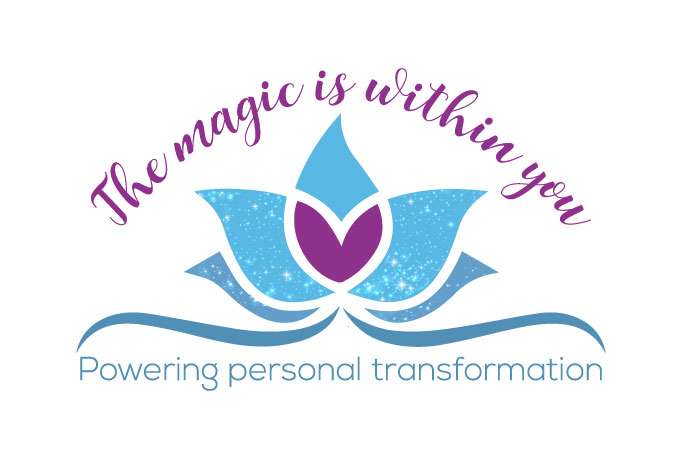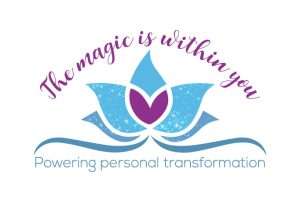Welcome to the second blog on last week’s in-conversation session with world leading expert, Dr Gabor Mate on childhood trauma and addiction.
For those who don’t know me, I’m Vivian McKinnon, a mum of three, owner and founder of Hydro-ease; Northern Ireland’s only dedicated floatation centre and a trauma and addiction therapist.
In my work, I have the pleasure and privilege of meeting the most beautiful and inspiring people every day. None other than the guest speaker of my event last week; the inspiring Dr Gabor Mate; a world leading expert in childhood trauma and addiction.
Having been introduced to his work in 2007, I first met Gabor at the Virtual Trauma Recovery Summit held on June 27th, 2018.
We chatted generally at first before I invited him to try out floatation therapy for the first time ever at Hydro-ease in Inspire Business Park in Dundonald on the outskirts of Belfast.
It’s hard to believe he actually agreed and even more so to learn he had never floated before despite living in Vancouver; one of the biggest floatation cities in the world.
infused with half a tonne of Epsom Salt.
This is what Gabor had to say about his experience: “After my hour suspended in the pool, my body freed from all external tension and my mind spared all sensory overstimulation, I found myself in a state of relaxation and with a feeling of pleasant anticipation. I immediately saw how this technique could help ease many stress-related conditions in our frenetic culture.”
I was first introduced to floatation therapy in Edinburgh in 2004. It looked like a coffin of water to me and I thought, I’m not getting in there. For the first few minutes I thought what am I doing here? This, is a bit strange and a bit different and then silence and suddenly my inner critic was gone.
It was the first relief I had felt; the escape so desperately needed from the trauma and abuse of a disconnected childhood that led to addiction and a near death experience. More about my personal story here.
I knew instantly I could help other people with this, especially people with addiction and mental health issues and I dreamt up this crazy plan to open my own floatation centre.
This is how Gabor and I crossed paths, leading to our two-hour conversation last week; in an online event exploring the links between childhood trauma and adverse addiction experiences in later life.https://www.youtube.com/embed/LpBHaVwN79s?rel=0
Watch “When Viv met Gabor – In the Realm of Hungry Ghosts
For me, it was a defining moment; a career highlight, a life changing experience. So valuable is the content, I’ve sought permission from Gabor to share as much of this knowledge, insight and information to reach as many affected by addiction and those who support them as possible.
In a series of blogs, posts and special guest articles this week, we’ll be hearing more about his work in the field of addiction, trauma and how it is systematically transforming the world.
His writings, teachings and talks are inspiring and healing so many people across the world. His work has been translated into many languages and has the power to touch everyone of us.
Gabor’s pioneering approach has inspired so much of my own work and recovery through authenticity, compassion and guidance. It will impact on generations to come. Here is the introduction to our conversation:
Vivian: Your book, In the Realm of Hungry Ghosts, massively impacted upon my life. It was one of those books I couldn’t put down. Can you tell me more about it and what it means to you?
Gabor: To back track a bit I was a family physician in private practice for 20-years also doing palliative care. I then went to work in an area of Vancouver in British Columbia called Downtown Eastside which is North America’s most dense area of drug abuse.
It’s like nowhere else in the world almost. In a few blocks radius you have thousands of people taking and ingesting drugs of all kinds, living in poverty, many with illnesses like Hepatitis C; in and out of jail. Some are living on the streets and so I went to work in a clinic down there.
I thought this would be worth writing a book about so I was just going to write a book about Downtown Eastside just letting people know who these clients are, what their lives were like, what working there was like.
I never meant to write a comprehensive book on addiction. It’s only when I began to do the research, I realised nobody had ever written a book about bringing together the lives of real people, the scientific data on brain development, what we have learned about trauma and the impact on childhood on people and how all this fits in to what happens to addicted people as adults let alone broad policy and attitudes towards drug addicts.
I was amazed that no-one ever brought this together before because by that time the research on brain development had been done. It wasn’t even controversial then. It’s even less so now but still nobody teaches it in medical schools which is incredible.
Doctors are meant to deal with mental illness but nobody ever really learns about how the brain develops or the impact of the environment so the Hungry Ghost was an image I knew about because I remember reading a book by a Buddhist psychiatrist. It mentions in the Buddhist world there are six realms.The God Realm: Our transcendent selvesThe Human Realm: Our ordinary everyday people selvesThe Animal Realm: With our appetites, our lusts and our addictive drivesThe Hell Realm: With our rage, our fears, our terror and hatred
Then there is the Hungry Ghost Realm where creatures are depicted with small tiny mouths, narrow necks and big empty bellies so they can never fill the emptiness so they go around trying to fill themselves from the outside and that’s the realm of addiction.
My contention is not that some people live in one realm; we move in and out of them. It can be the Hell Realm certain days full of rage and terror. I’m there less so as I get older and a little bit wiser but I’ve been there let me tell you, hatred, rage, fear, rage certainly.
I can be in the Hungry Ghost Room, the Animal room, so it’s not like these are exclusive realms. People move through them but it’s also my contention that people in the Hungry Ghost Room are trying to escape the Hell Room.
They are trying to feed themselves or soothe themselves from the outside in order not to feel the terror, the rage, the anger and the pain. I knew that concept but as I was writing this book that’s not what I was going to call it until somebody I was working with said you got to call this book In the Realm of the Hungry Ghost. So that’s where the title came from.
The most illuminating and shocking thing is not when I write this book and people say thank you, you have humanised the drug addict. Think about that for a moment. These are human beings to start with, why do they need to be humanised?
What does it say about our society that anybody should write a book that humanises anybody else? It says that we don’t look at each other like human beings. So that’s the background to the book.
In our next blog Gabor talks about ‘universal addiction processes that employ the same brain systems, the same emotional dynamics, the same emptiness, the same desperation to escape from pain’ and the origins of addiction in family trauma.


